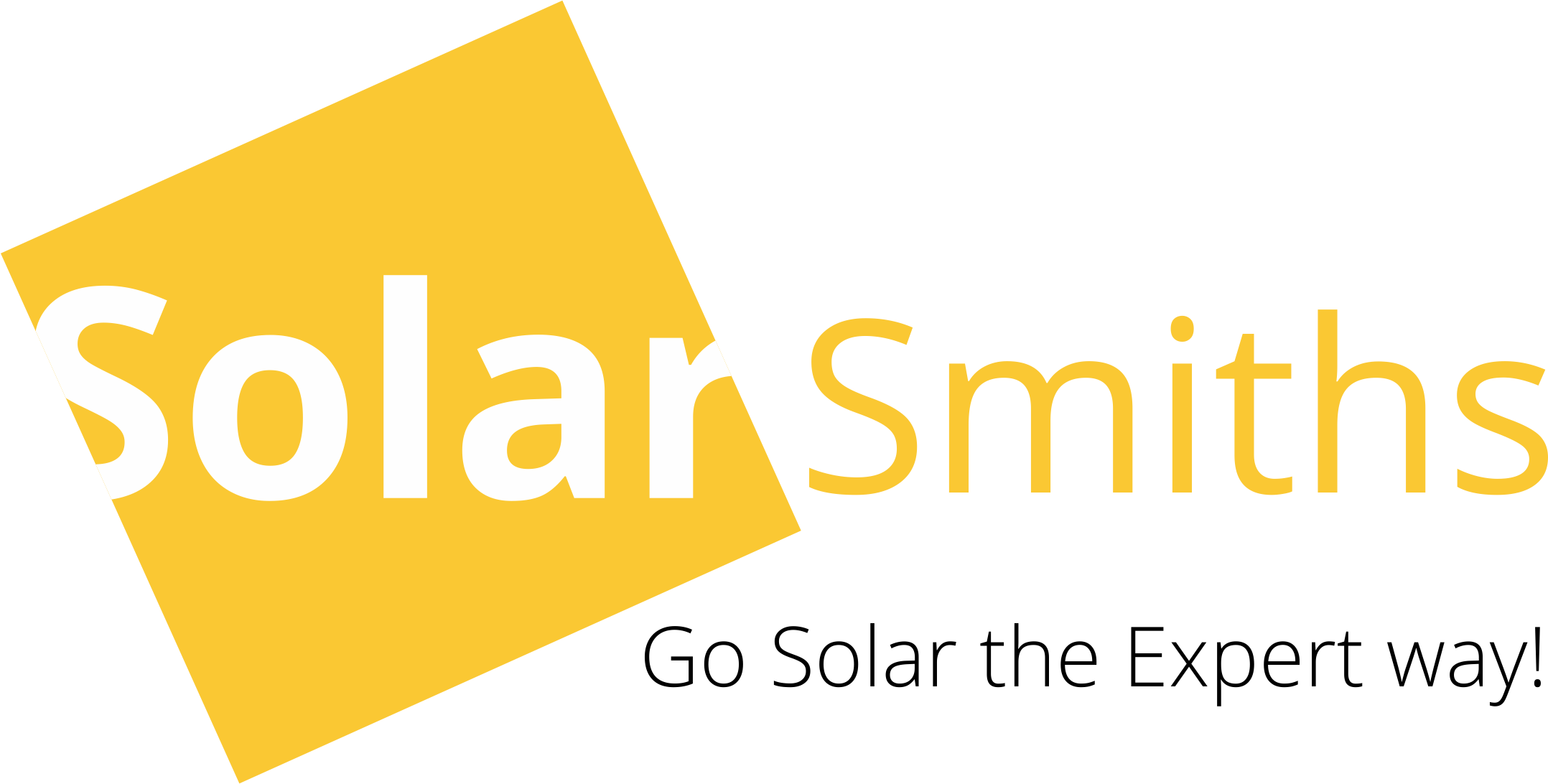SolarSmiths has always enriched your knowledge on Solar Power System and its advantages. There has been a lot of talk about Solar energy and its practical value, especially during the crisis and how it can be along with term planned investment.
But when we discuss this topic, there is one common myth which is assumed by the majority of us is “Does Solar panel does not generate productive energy during low light or dull climate.”
India is a country which gets sunlight about 300 days on an average, 5000 trillion kW hour of solar energy every year which is 500 times more surplus than the present energy consumption of the entire country.
Most people believe solar power works best in hot weather only, but that’s not entirely true.
Clouds don’t wholly block sunlight, and it might be low light but not completely dark. The level of radiation passing through the clouds will depend on the type of darkness and its thickness. Some high-level thin cloud layers can scatter the sunlight which will increase in generation, especially during early morning and late afternoon.
Solar does Work Productively in Low Light
The solar panel has solar PV cells which work based on light and not with the heat of the sun; hence it hardly matters if it is cold, cloudy or foggy. PV cells work better in less heat as all they require is sunlight and regular electricity supply from your solar cell array.
Later you can also take guidance or consultation from SolarSmiths energy experts who will set up solar inverter which will provide you with better outputs.
How does low light doesn’t affect energy generation
The solar panel is flat in surface to accumulate maximum light; hence rain or snow will not drastically impact on production.
When sunlight photon particles hit on the solar panel photovoltaic cells, electrons in the silicon are into motion which then directly converts into an electric current which is then directed to your electrical distribution box. Hence this will power your essential items along with a solar storage battery; it can light your nights.
Thus, even in winter months were little light is hitting on the solar panel, it will develop electricity. Cold climates with low light are optimal for solar panel efficiency.
The high temperature will reduce solar panel electricity production.
Solar power will protect your home from winter conditions as the temperatures increase solar electricity production, and it can be stored for future purpose. Plus, on a cold, clear day, there is as much sunlight as the day is long.



